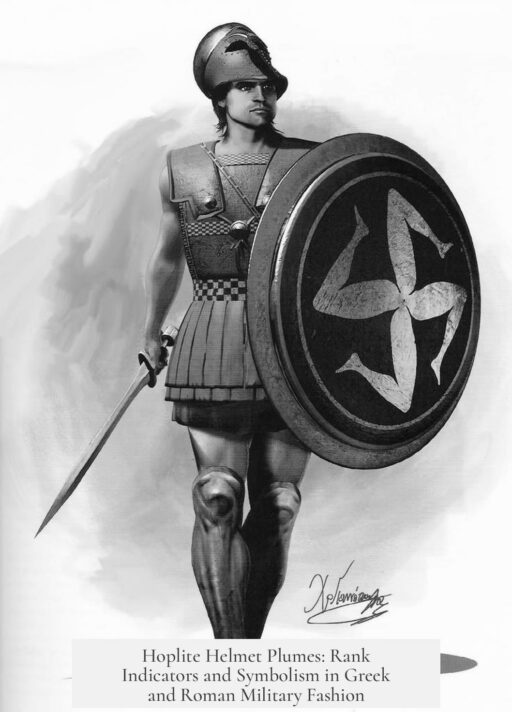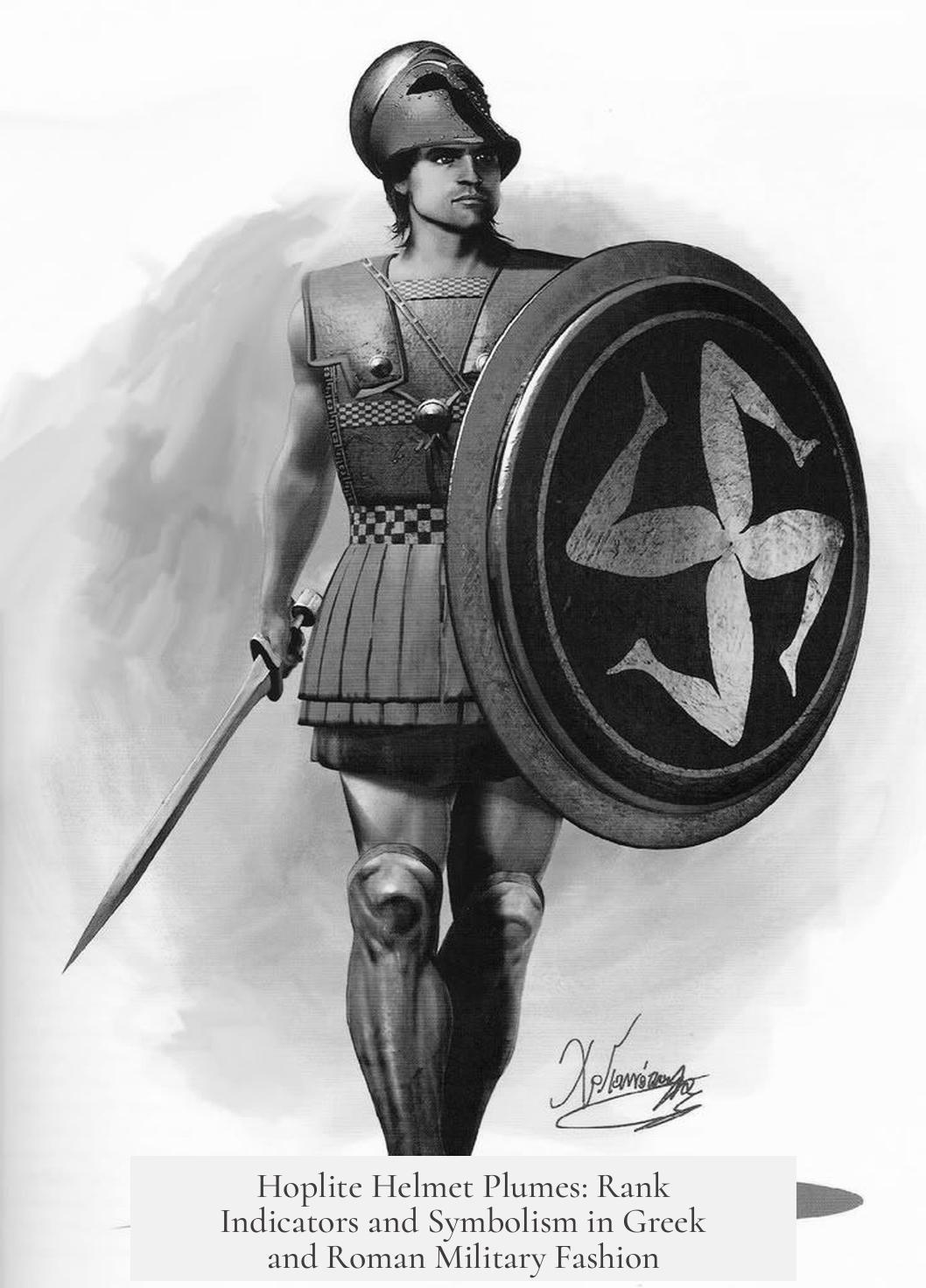Hoplite helmet plumes signified rank and status within ancient Greek and later Roman armies. The orientation of the plume served as a visual indicator of hierarchy, distinguishing different classes of soldiers on the battlefield. This tradition traces back primarily to the Spartans and continued to influence Roman military dress.
Most hoplite soldiers wore a helmet plume aligned front to back across the crest. This was the common style among the general infantry. It provided an imposing silhouette while remaining functional in combat. However, the Spartans innovated by wearing their plumes transversally, from side to side. This design was initially exclusive to Spartan elites, the Spartiates, indicating their higher status compared to regular soldiers who maintained the front-to-back style.
The transversal plume became a symbol of leadership or elevated rank within the broader Greek military tradition. Over time, other Greek city-states adopted this style, but it remained rare and mostly symbolic due to its limited depiction in art and writings. The infrequent use signals that transversal crests were reserved for officers or distinguished warriors.
Roman legions later adapted similar distinctions. While the rank-and-file wore helmets with front-to-back crests, centurions—officers commanding centuries—displayed transversal plumes. This adoption by Rome reinforces the idea that plume orientation communicated rank.
The connection between plume orientation and rank highlights the practical role of helmets as more than protection. They acted as visual communication tools, helping soldiers identify commanders during chaotic battles. This was crucial for maintaining order and discipline.
- Hoplite crests symbolize military rank and status.
- Front-to-back plumes worn by regular soldiers.
- Spartan elites innovated transversal orientation as a rank mark.
- Other Greek states adopted transversal crests sparingly.
- Roman centurions also wore transversal plumes, rank indicator.
- Helmet plumes helped identify leaders in battle.
Did Hoplite Helmet Plumes Mean Anything? Unpacking Greek and Roman Military Fashion Secrets
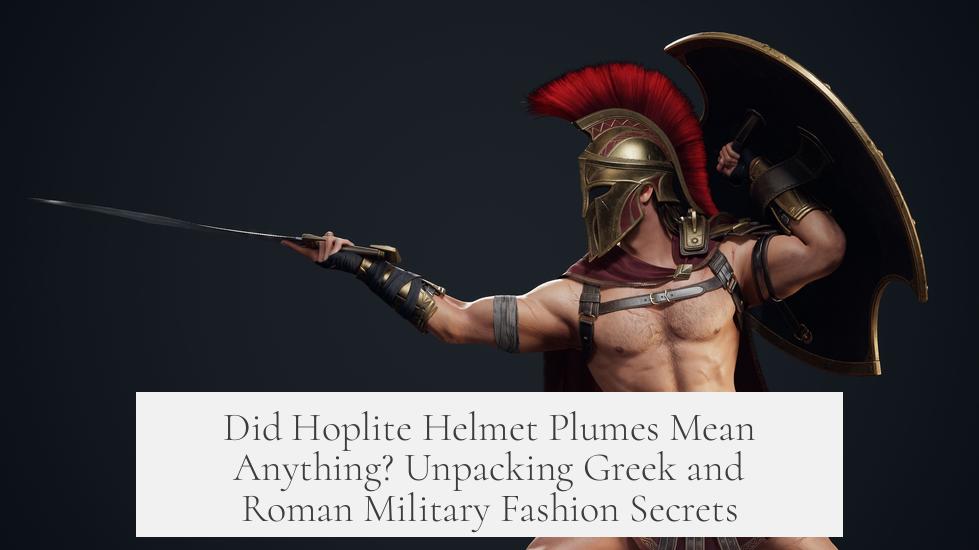
Yes, hoplite helmet plumes had meaning—especially when it came to showing rank and status. This little crest wasn’t just about looking fierce on the battlefield; it was a *code*, a symbol carried atop a warrior’s helmet that spoke volumes about who they were and where they stood in the army’s pecking order.
Picture this: thousands of heavily armed Greek hoplites marching in formation. How could commanders and allies quickly tell the leaders from the rank-and-file? Plumes—specifically their orientation—played a leading role in answering that question.
The Orientation of Plumes as a Rank Indicator
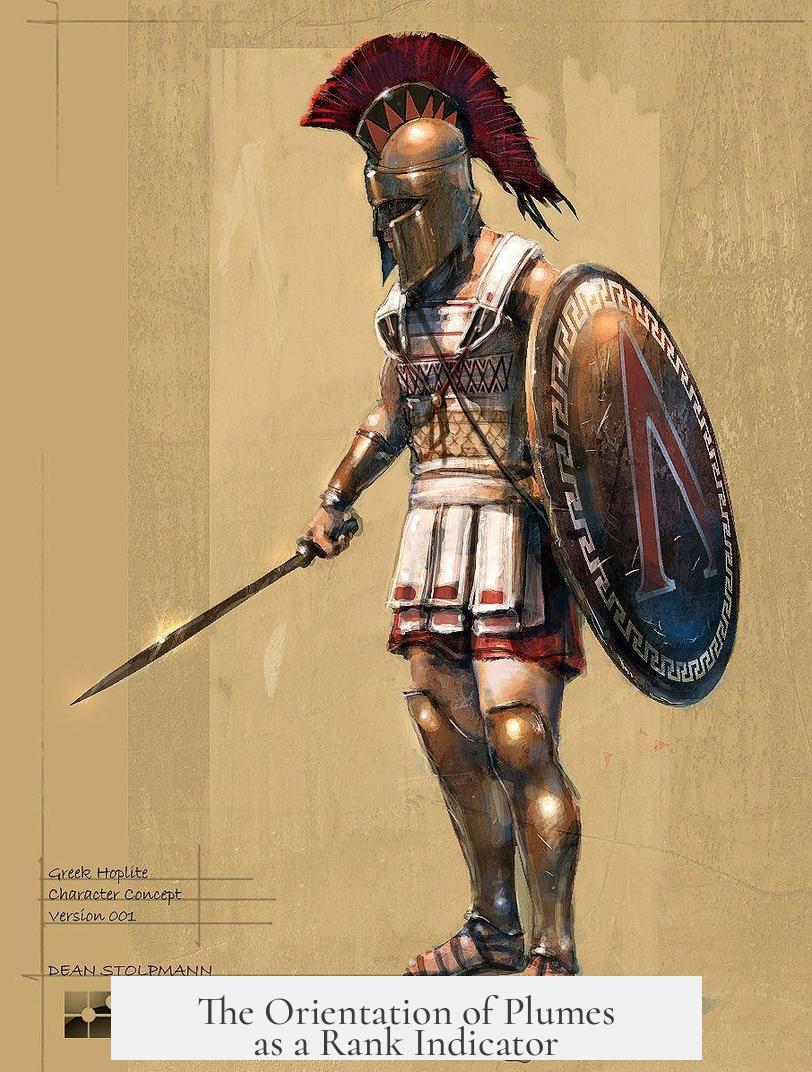
In ancient Greek warfare, plumes didn’t just sit pretty—they announced hierarchy. The direction the horsehair or feather crest ran was an official “badge” of rank. Hoplites, those heavily armed infantry warriors, typically wore their helmet plumes front to back. This longitudinal style was the standard on battlefields across the Greek world.
But there’s an exception that makes this topic fascinating—the Spartans.
Spartan Innovation: A Transversal Twist
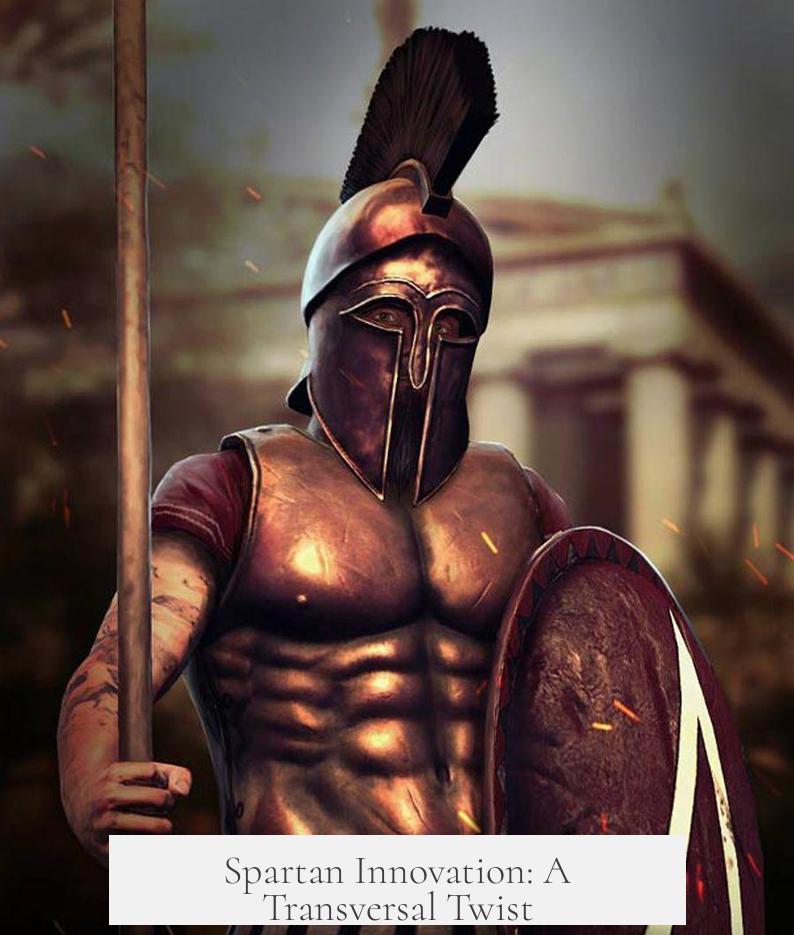
The Spartans gave traditional helmet plumes a flamboyant makeover. Instead of following the usual front-to-back rule, some Spartan elite—the Spartiates in particular—wore their crests transversally, stretching from side to side across the helmet. This was not the norm for Spartan soldiers as a whole; the rank-and-file typically kept the standard plume direction.
This transversal plume became a Spartan signature move and a visible mark of higher status or elite rank within their army. Think of it as the ancient equivalent of wearing a snazzy badge or tailor-made uniform to say, “I’m more than just a regular soldier.”
Though it sounds like the Spartan transversal crest might have been a fashion fad, it actually held serious social implications. While the middle 400s BCE saw other Greek states adopt this style in limited ways, it never really became common outside elite circles. Its infrequent depiction in art and records suggests it remained a subtle, selective status symbol, rather than a widespread trend.
Roman Legionary Crests Follow the Greek Tradition
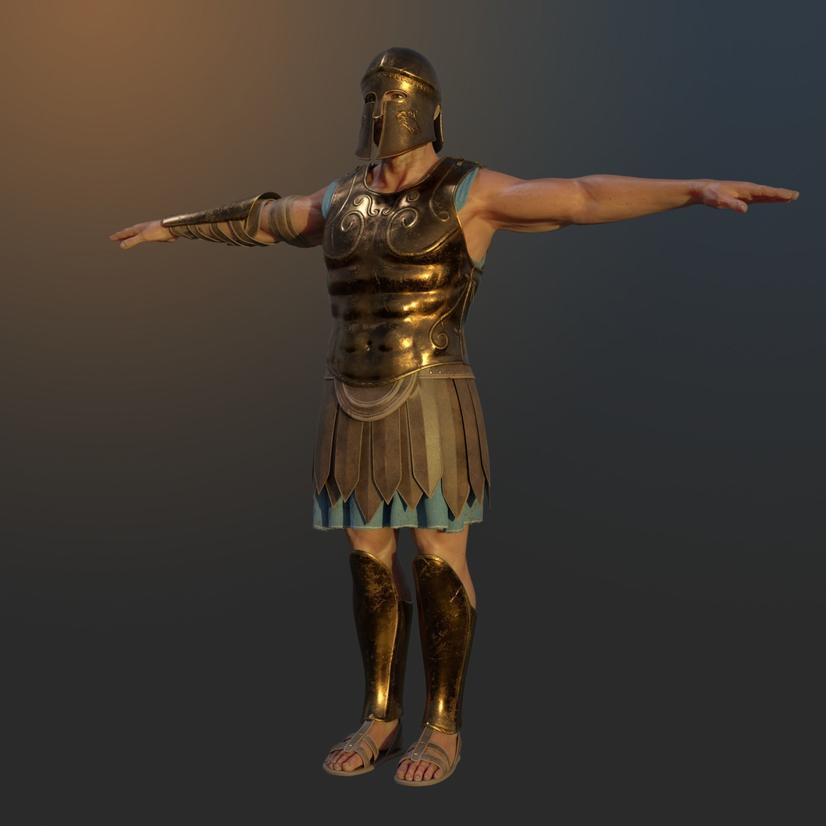
The plume story doesn’t end with the Greeks. Rome, always quick to borrow military ideas from its predecessors, introduced helmet crests in its legions too.
Roman rank-and-file soldiers (the foot soldiers who formed the backbone of the army) typically wore their helmet plumes front to back, mirroring Greek hoplite tradition. The twist comes with centurions, the commanding officers. Roman centurions sported transversal crests, much like the Spartans did centuries before.
This wasn’t a coincidence. The transversal crest on a centurion’s helmet was a visual cue to their elevated status and authority. It made them pop out in the chaos of battle—easy to spot by their own men who needed to follow their commands, and by enemies who might reconsider confronting an officer.
Why Did Plumes Matter Beyond Status?
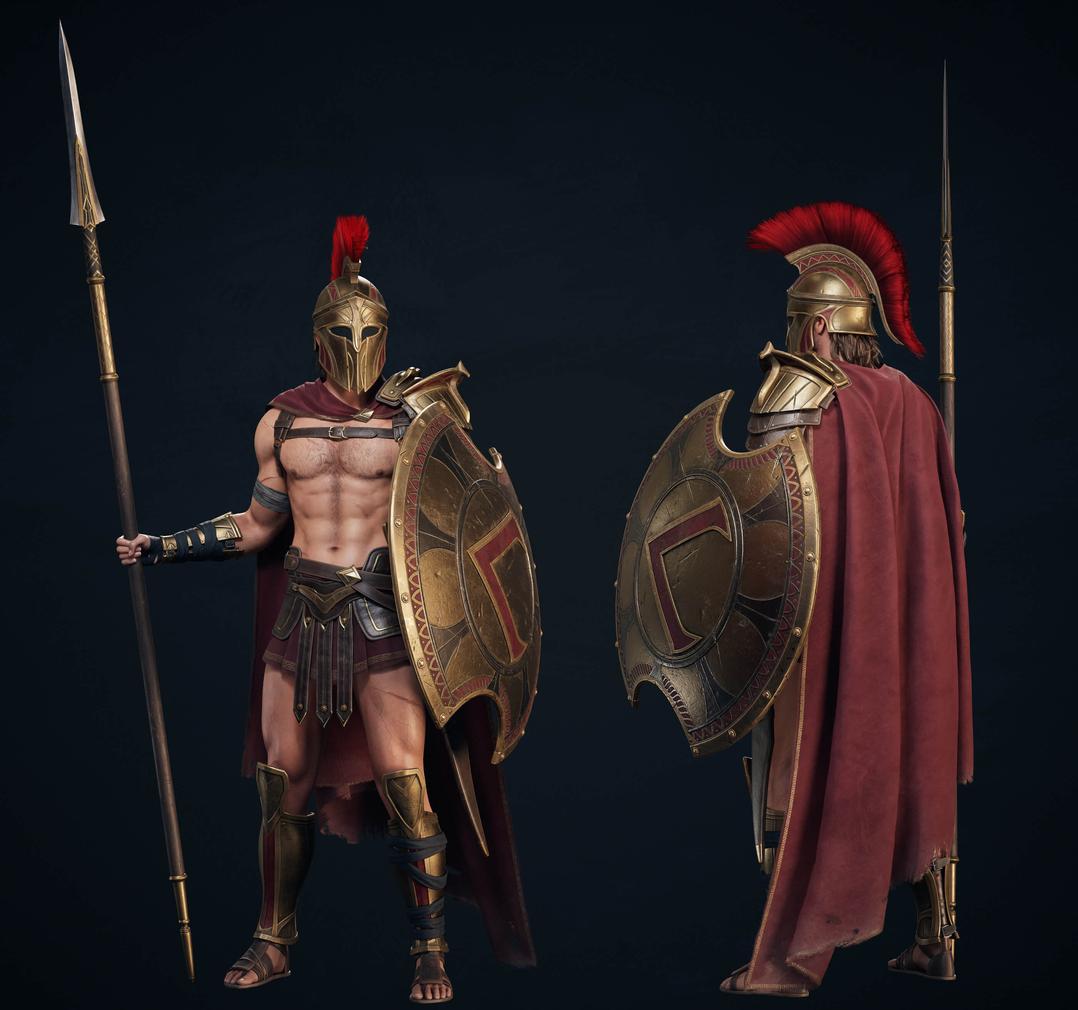
Besides rank and status, plumes also had practical uses. They made a soldier taller and more intimidating. Imagine the psychological advantage when you look up and see a row of warriors with towering, colorful crests bobbing in formation.
However, the main takeaway here is how finely tuned these small details were to ancient military cultures. Helmets weren’t just protective gear. They were canvases for communication shouted silently across dusty battlefields.
Practical Takeaway: The Symbolism Legacy
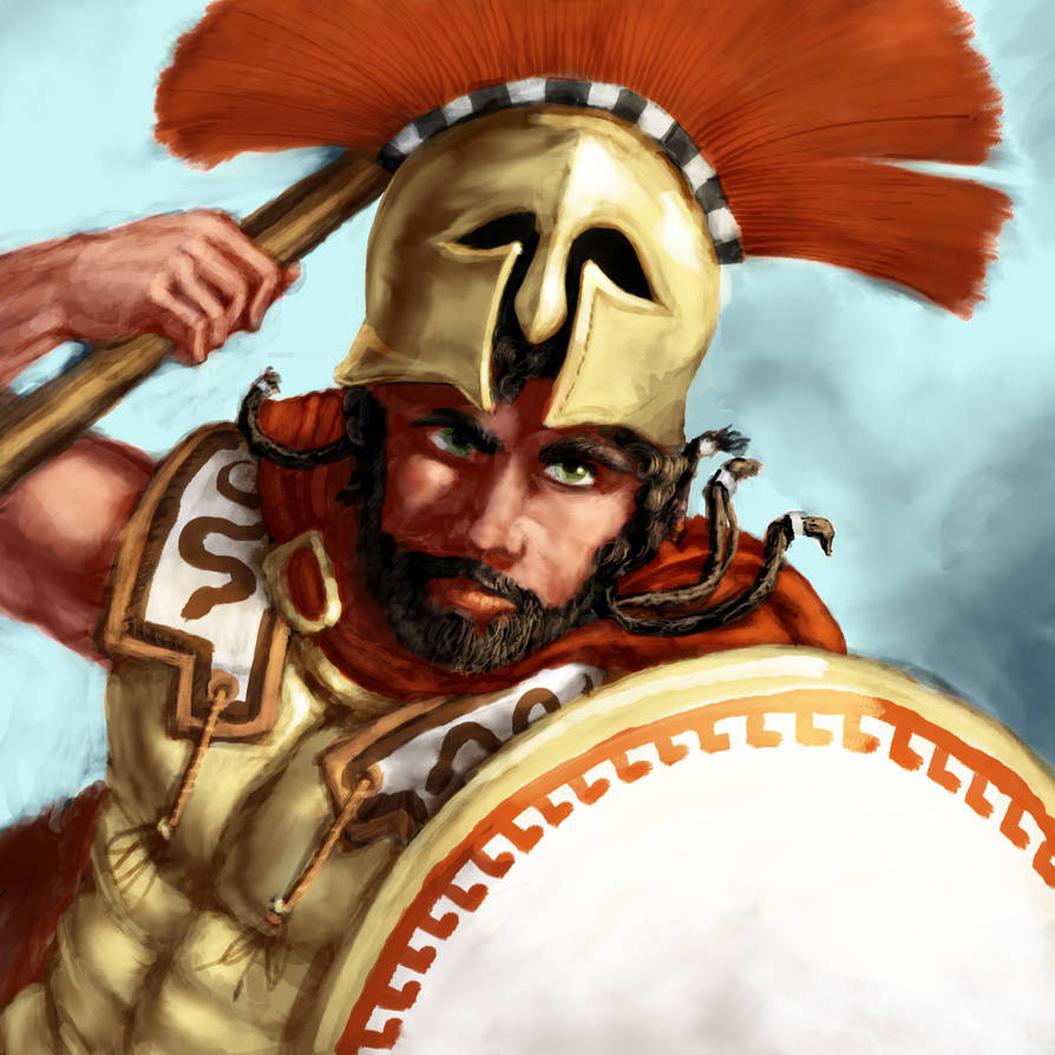
What can a modern reader learn from this feathered fashion statement?
- Visual identity matters. Even ancient armies knew clearly marking rank and role helped organization and morale.
- Small design changes hold big meanings. Switching the crest’s orientation conveyed clear social signals—without a single word.
- Innovation in tradition builds prestige. Spartans used transversal crests to set elite warriors apart, showing how little creative tweaks influence group identity.
Imagine This on the Field
Next time you think about ancient Greek warriors, picture that plume. That little crest says everything from “I’m a grunt” to “I command the charge.” It’s like the difference between a name tag and a general’s sash today.
And here’s a fun thought: what if modern soldiers revived plume orientation for rank? How would your team’s helmet crest reflect today’s workplace ladder?
Wrapping It Up
Yes, hoplite helmet plumes meant plenty, especially the way they pointed. From front-to-back for rank-and-file to side-to-side for elite Spartans and Roman centurions, this subtle design spoke volumes in ancient warfare.
As with many historical symbols, understanding the plume teaches us how ancient cultures communicated beyond language—through style, direction, and boldness. And it reminds us, even the tiniest details—like a few feathers—carry powerful stories.
“The Spartan transversal plume was not just fashion. It was a declaration of status, a signal amid chaos, and a hint of who led the charge.”
So, next time you see images or movies of Greek hoplites, remember: that feather isn’t just decoration. It’s a badge of honor, rank, and ancient military savvy.
Did the orientation of hoplite helmet plumes indicate rank?
Yes, transversal plumes likely showed rank. Most hoplites wore plumes front to back. Higher-ranked soldiers, like Spartan elites and Roman centurions, used transversal crests to stand out.
Why did Spartans wear their helmet plumes differently?
Spartans started wearing plumes sideways, unlike most who wore them front to back. This style likely marked their elite status within their army. Other Greeks adopted it later but less often.
Were helmet plumes common in all Greek states?
No, transversal plumes were mostly a Spartan feature originally. Other states used them occasionally in the mid-400s B.C., mostly as a sign of status rather than routine wear.
Did Romans use helmet crests like Greek hoplites?
Yes, Roman legions borrowed the crest idea. Ordinary soldiers wore plumes front to back. Centurions wore them across the helmet, similar to Greek rank indicators.
Did helmet plumes always show status throughout history?
Mostly, yes. Plumes were not worn by everyone and often marked rank or special status. Their infrequent use in depictions suggests they held meaning beyond decoration.
